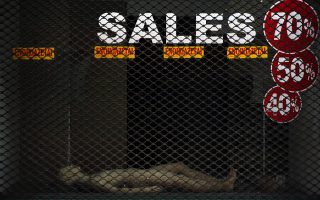Food price hikes are easy, but drop is harder

A Eurostat survey on the course of food retail prices confirms what Greek consumers already know – all too well: that prices are easy to rise and hard to fall.
The European statistics agency has found that when industry prices change, there is a major difference in the rate and pace of the transfer of that change to consumer rates when it comes to an hike or a drop: In percentage terms, 29.4 percent of the increase is passed on to consumers against just 8.1 percent of the decline.
This phenomenon is not exclusive to Greece, as it is also observed in other European countries such as in the Czech Republic, in Switzerland and in Spain. However, there also are countries, such as Germany, that have the same rate of modification in retail prices as industry rates.
The degree of price changes that is passed on to consumers also depends on the food sector in Greece: In the case of breads and cereals, the rate amounts to 19.7 percent of the industrial price increase and to just 4.9 percent of the decline, while in the category of meat the change is almost the same on both sides (19.8 percent of the increase and 19.3 percent of decline).
Across the food sector the price hikes on basic agricultural products are passed on at a 7.5 percent rate while the price drops at a 4.1 percent rate. Vegetables is the exception, with a 60 percent and 35 percent rate respectively.





